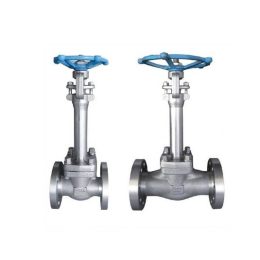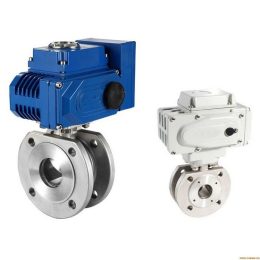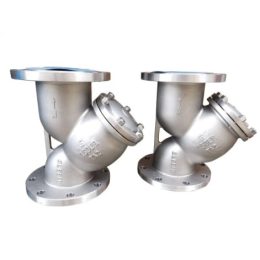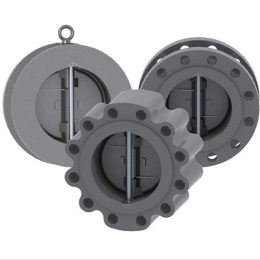Corrosion Rate Classification Of Valve Body
Valve bodies are essential components in various industries, and their corrosion resistance is crucial for their reliability and longevity. When it comes to the corrosion of valve bodies, there are two forms of corrosion: chemical and electrochemical. The rate of corrosion depends on multiple factors, such as temperature, pressure, chemical properties of the medium, and the corrosion resistance of the valve body material. To determine the corrosion resistance of different valve body materials, a classification system is used, which classifies the corrosion rate into six levels.
Completely Resistant to Corrosion
The first level of corrosion resistance is when the valve body is completely resistant to corrosion. This means that the corrosion rate is less than 0.001 mm/year. Valve bodies made from materials such as Hastelloy or Monel fall under this category. These materials have excellent corrosion resistance and are often used in harsh environments.
Extremely Resistant to Corrosion
The second level of corrosion resistance is when the valve body is extremely resistant to corrosion. This means that the corrosion rate is between 0.001 to 0.01 mm/year. Materials such as stainless steel and titanium fall under this category. These materials are commonly used in the chemical and petrochemical industries.
Corrosion Resistance
The third level of corrosion resistance is when the valve body has good corrosion resistance. This means that the corrosion rate is between 0.01 to 0.1 mm/year. Materials such as carbon steel fall under this category. Carbon steel is commonly used in industries such as oil and gas and power generation.
Still Corrosion Resistant
The fourth level of corrosion resistance is when the valve body is still corrosion resistant. This means that the corrosion rate is between 0.1 to 1.0 mm/year. Materials such as ductile iron fall under this category. Ductile iron is commonly used in water and wastewater treatment plants.
Poor Corrosion Resistance
The fifth level of corrosion resistance is when the valve body has poor corrosion resistance. This means that the corrosion rate is between 1.0 to 10 mm/year. Materials such as cast iron fall under this category. Cast iron is commonly used in low-pressure applications.
Not Resistant to Corrosion
The sixth and final level of corrosion resistance is when the valve body is not resistant to corrosion. This means that the corrosion rate is greater than 10 mm/year. Materials such as aluminum fall under this category. Aluminum is rarely used in valve body applications due to its poor corrosion resistance.
In conclusion, the corrosion resistance of valve bodies plays a crucial role in their reliability and longevity. By using a classification system to determine the corrosion rate, engineers and designers can select the appropriate materials for valve body applications based on their specific requirements.
- Ball Valve Pressure Limitation And Troubleshooting Methods
- What to Pay Attention to When Installing Valves?
- Understanding the Industrial Applications of Socket Welding Check Valves
- General Requirements For Common Materials Of National Standard Valves
- Wafer Type Butterfly Valve Installation Instructions
- The Importance of Automatic Control Valves in Industrial Processes



